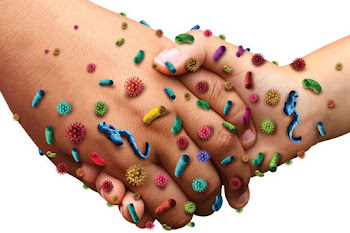Human Anatomy and Physiology
.jpeg)
HUMAN ANATOMY AND PHYSIOLOGY Description also available in video format (attached below) Introduction The concept of Anatomy & Physiology helps us to understand the structure and functions of human body. Anatomy (defines the structure of the body) Physiology (defines the function of each structure) Types of anatomical study 1) Gross anatomy (study of large visible structure) Surface anatomy Regional anatomy Systemic anatomy Developmental anatomy Clinical anatomy 2) Microscopic anatomy (study of structure that are too small to see) Cytology (study of cells) Histology (study of tissues) Types of physiological studies Cell physiology Special physiology Systemic physiology Pathological physiology Levels of organization of a Human body Atoms (functional units of matter) Molecules (active chemicals) Organelles (structures inside a cell) Cells (smallest units of life) Tissue (group of similar cells) Organs (two or more tissue types working together) Organ systems (two or more organ...





